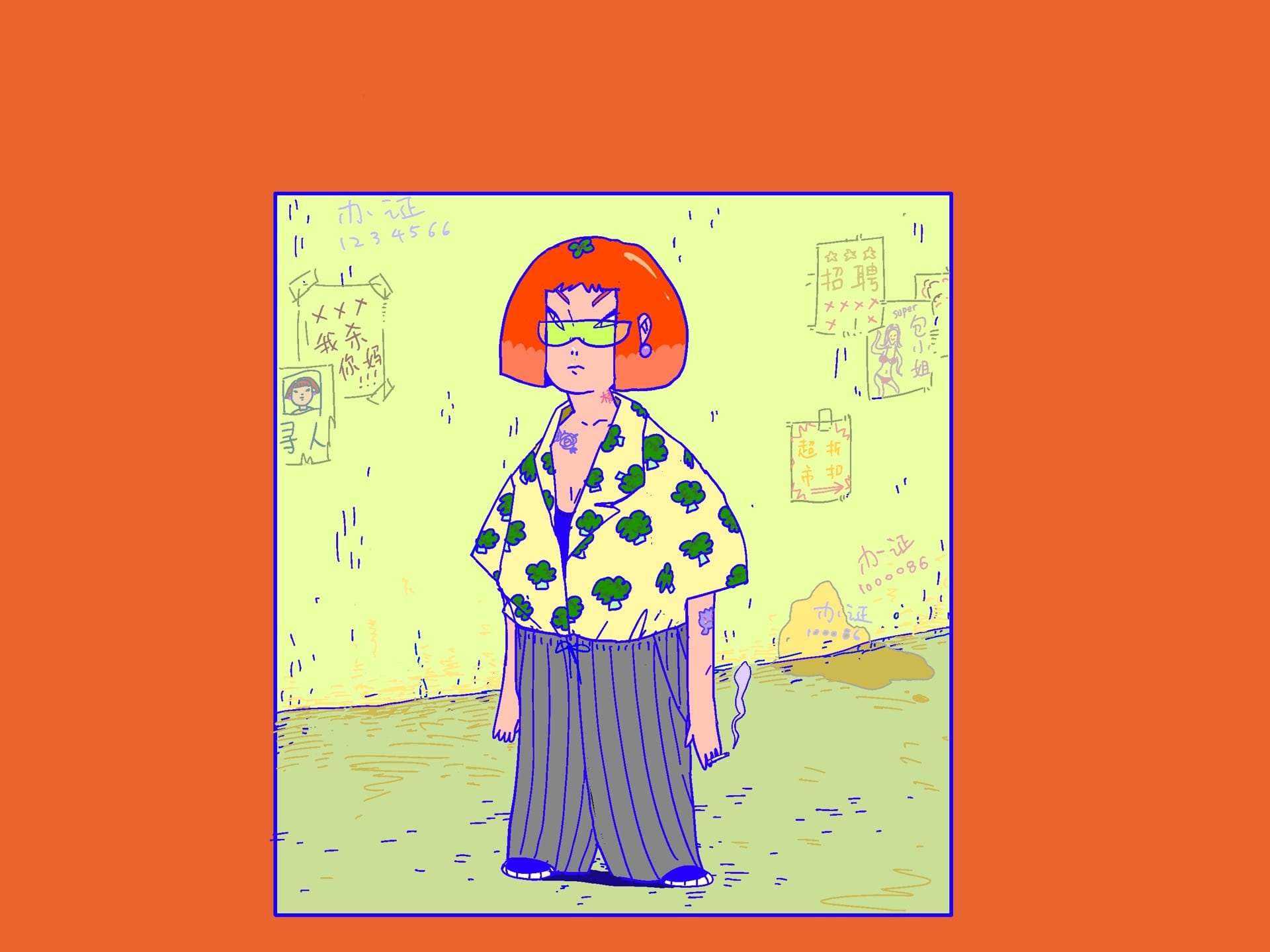1. Please write a short response to the lecture from Wednesday. What did you think of the topics Anezka touched on and how do you see them relate to your own practice/your discipline?
At the beginning of the class I was still a little confuse about what this course is going to be about. And with talking about storytelling and audience experience with the action Anezka introduced VR and the future way of immersion with the story, which is a really fascinating thing to learn and be a part of. As an artist and designer in fashion, selling ideas and resonate with the audiences are the most important things, with the more developed technology I believe there will be more exciting experiences with immersive interactions in all kinds of mediums and fields.
After reading Chapter 1 of Computers as Theatre, how would you define ‘interface’ for yourself? Does it always have to be defined in relation to a human and a machine? If not, please elaborate.
it doesn’t always have to be relation to a human and a machine, but more like technology as a tool to help human interact with a more immersive experience, its more about human ourselves using our senses to feel and hear and see. Interface as a human can mean human sees things, hear things, being in things, but it doesn’t have to be technology and machine. Interface is just an action, we can interface to a story, to an environment, when our senses are immersed with the settings, it could be nature, a story, and of course if could be a virtual reality world.
Brenda gives two reasons why theatre is a good way to think about interactions. What are they and why does she think they are worth investigating in detail?
Brenda talks about stereopsis in the theatre, in ‘Affordances for depth perception and motion parallax’, the visual senses of human add to the experiences in virtual reality. ‘One is the musculature around the eye and the deformation of the lens of the eye. From this information, the brain “calculates” the point of convergence in the views of both eyes — the “focal point.” Another is the perception of size and perceived motion of near vs. far images.’ Sense of sight affects the experience a lot. Similar tricks of the sight of audiences are used often in theatres that make the audience immerse to the story. And the audio as well is an important factor that can make an interaction more real and immersive to the audiences, while engaging the virtual world, the sound move with the immersers when they turn their head and move.
